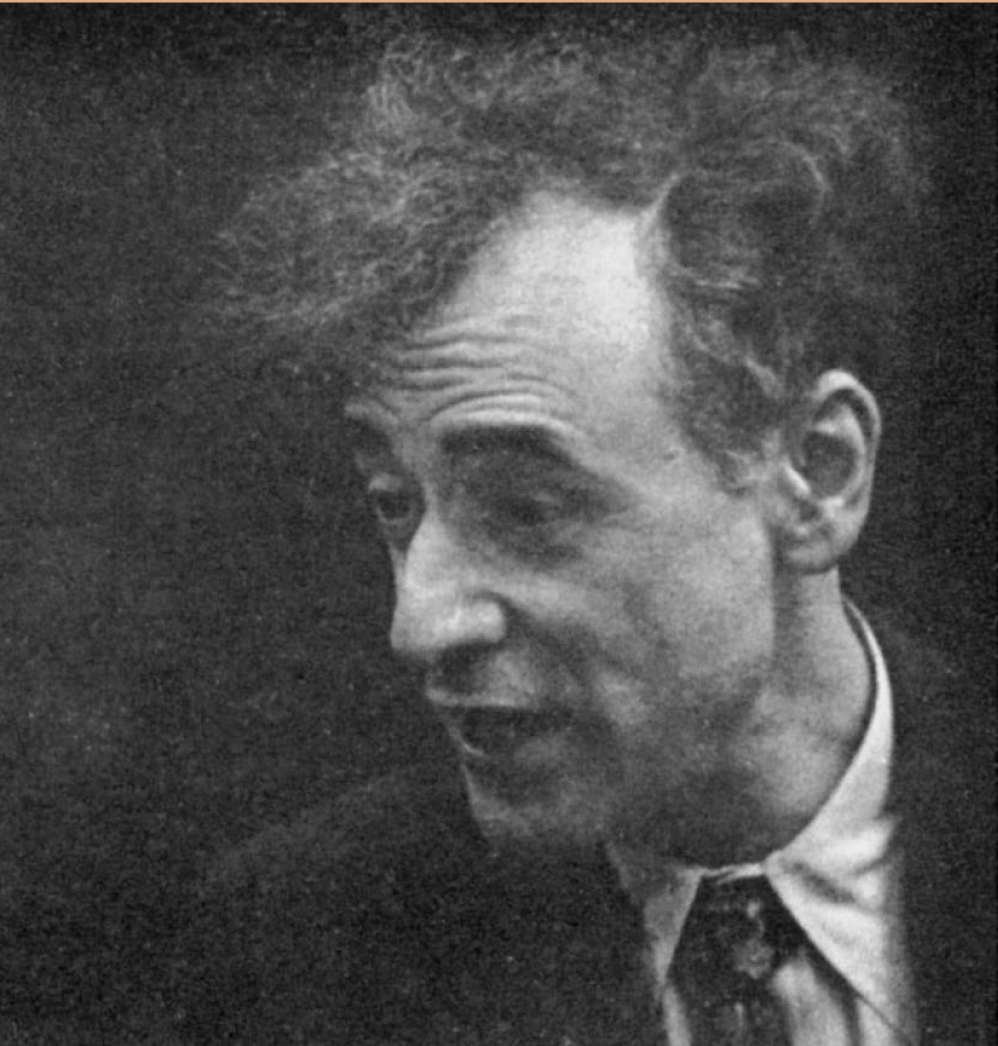Nobel Prizes, 1962
DOI: 10.1063/1.2408529
The Swedish Royal Academy of Science announced on 1 November that it had named a leading Soviet physicist, Lev Davydovich Landau, to receive the Nobel Prize in Physics for 1962. Prof. Landau, a theorist who has made significant contributions in widely separated areas of physics, was cited in particular for having developed “pioneering theories for condensed matter, especially liquid helium.”

L. D. Landau
L. ALVAREZ

Born in the port city of Baku, on the shore of the Caspian Sea, he was accepted as a student by Baku University at the age of fourteen, and he completed his studies at the University of Leningrad in 1927, at the age of nineteen, by which time he had also supplied a new mathematical tool for quantum mechanics—the concept of the density matrix. After two years of research at the Physicotechnical Institute in Leningrad, he was given the opportunity to visit a number of European laboratories, including the Institute for Theoretical Physics in Copenhagen, where he studied for a time under Niels Bohr. Upon returning to Leningrad, he published his paper on the theory of the diamagnetic susceptibility of conduction electrons in metal, a piece of work which eventually led to the explanation of the de Haas–van Alphen effect. In 1932, he went to Kharkov as head of the theoretical physics section of the Physicotechnical Institute. During his five years in Kharkov, Prof. Landau’s interests, as reflected by his publications of that time, ranged from stellar theory to the theory of superconductivity, and included work on the autolocation of electrons in a crystalline lattice, energy transfer in collisions, monomolecular reactions, sound dispersion, the properties of metals at low temperatures, the scattering of light by light, phase transitions, the absorption of sound in solids, x-ray scattering by crystals, antiferromagnetic ordering, and ferromagnetic resonance. One of his students at Kharkov was E. M. Lifshitz, and it was during that period that the Landau–Lifshitz series of monographs on theoretical physics was conceived.
In 1937, at the age of 29, Prof. Landau was named head of the theoretical section of the newly organized Institute for Physical Problems in Moscow, and for some time thereafter his interest centered on problems in low-temperature physics, especially those concerning phase transformation and superfluidity in liquid helium. The resulting Landau theory of liquid helium II introduced the concept of a rotational wave mode involving a unit of excitation energy which he called the “roton,” analogous to the phonon associated with linear motion. The theory provided an explanation of the phenomenon of superfluidity, which led to an independent prediction of the existence of “second sound,” a form of wave propagation in liquid helium which had already been postulated by L. Tisza, although the latter had used a different approach to the problem based on the pioneering low-temperature work of F. London. Prof. Landau subsequently continued work on liquid helium with studies involving viscosity, thermal conductivity, the attenuation of second-sound waves, and a new theory of “zero sound.” In more recent years, he has turned to other areas, including plasma physics, quantum electrodynamics, the problems of parity conservation, and nuclear structure.
He became a member of the Soviet Academy of Sciences in 1946. He is also a foreign member of the US National Academy of Sciences and the Royal Society of London, and has been elected to membership in the Academies of Denmark and the Netherlands. In addition to his post at the Institute for Physical Problems, he holds a professorship in physics at the University of Moscow. He was seriously injured in an automobile accident near the high-energy establishment at Dubna on 7 January, according to press reports, and has been hospitalized since that time.
The 1962 Nobel Prize in Chemistry has been awarded jointly to two physicists in England. M. F. Perutz and J. C. Kendrew of the Cavendish Laboratory at Cambridge University were cited for their studies of the spiral structure of two globular proteins, hemoglobin and myoglobin, by employing the techniques of x-ray diffraction. The Nobel Prize in Medicine has been shared by three biophysicists, J. D. Watson of Harvard University and M. H. F. Wilkins and F. H. C. Crick of Kings College, London, and Cambridge University, for another feat in molecular biology—the determination of the molecular structure of deoxyribonucleic acid, the “DNA” molecule.
